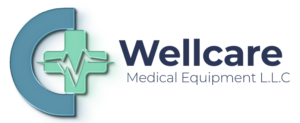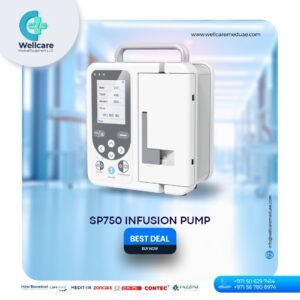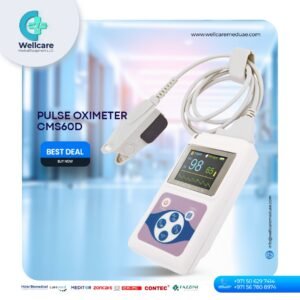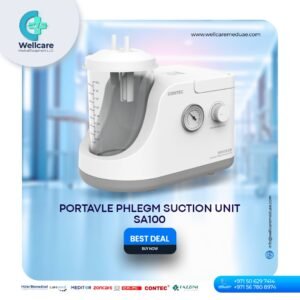Ambulance-Emergency Rescue Equipments supplier in Ethiopia
Ambulance-emergency rescue equipment plays a critical role in Ethiopia's healthcare system, serving as a vital link between patients and medical facilities during emergencies. In a country with diverse geographical challenges and varying levels of healthcare infrastructure, the availability and efficiency of ambulance services can significantly impact patient outcomes. Ethiopia, with its large population and widespread rural areas, relies heavily on these services to ensure that individuals in both urban and remote regions have timely access to essential medical care. The significance of ambulance-emergency rescue equipment in Ethiopia extends beyond just transportation. These vehicles are often equipped with advanced medical tools and technologies that allow paramedics and emergency medical technicians to provide life-saving care en route to the hospital. For instance, equipment such as defibrillators, oxygen tanks, and basic life support systems are crucial in stabilizing patients who are experiencing severe health crises, such as heart attacks, strokes, or traumatic injuries. In many cases, the care provided in the ambulance can be the difference between life and death, especially in emergencies where time is a critical factor. In Ethiopia, where the healthcare system is still developing, the role of ambulances is even more pronounced. The country faces challenges such as limited access to healthcare facilities, particularly in rural areas, where hospitals and clinics may be hours away. In such regions, ambulances serve as a lifeline, bridging the gap between remote communities and essential medical services. The ability of ambulance crews to administer emergency care and transport patients swiftly to healthcare facilities is essential for reducing mortality rates and improving health outcomes, particularly for conditions that require immediate intervention. Moreover, ambulance-emergency rescue equipment is crucial in responding to the country's public health emergencies, such as outbreaks of infectious diseases or natural disasters. Ethiopia's healthcare system has to be resilient and responsive to these challenges, and well-equipped ambulances are a key component of this response. They enable rapid deployment of medical teams to affected areas, provide on-the-spot care, and facilitate the swift transport of critically ill patients to specialized treatment centers. This capacity is vital for controlling the spread of diseases and managing the health impacts of emergencies, which can strain the healthcare system. The significance of ambulance services in Ethiopia also ties into the broader efforts to improve the country's healthcare infrastructure. Investments in ambulance fleets, training for emergency medical personnel, and the integration of emergency services with hospitals are all critical for building a more robust healthcare system. By enhancing the capabilities of ambulance services, Ethiopia can ensure that more of its population has access to timely and effective medical care, which is fundamental to improving public health and reducing preventable deaths. ambulance-emergency rescue equipment is a cornerstone of Ethiopia's healthcare system, providing essential services that save lives and improve health outcomes. Its role in bridging the gap between remote communities and medical facilities, responding to public health emergencies, and supporting the overall healthcare infrastructure makes it an indispensable part of the country's efforts to enhance healthcare accessibility and quality.
Well Care Medical Equipment LLC is a significant supplier of ambulance-emergency rescue equipment in Ethiopia, contributing to the enhancement of the country’s emergency medical services.
Advanced Equipment Provision: The company supplies ambulances equipped with advanced life-saving tools, including defibrillators, ventilators, oxygen systems, and monitoring devices, which are essential for delivering critical care during patient transport.
Comprehensive Emergency Tools: Well Care Medical Equipment LLC provides other vital emergency rescue tools such as stretchers, immobilization devices, and first aid kits, necessary for stabilizing patients and ensuring safe transport.
Support for Emergency Services: By offering reliable, state-of-the-art equipment, the company improves the effectiveness of Ethiopia’s emergency medical services, enabling responders to handle various medical emergencies effectively.
Maintenance and Training Services: The company also provides installation, maintenance, and training services, ensuring that the equipment is used correctly and remains in optimal condition, which is crucial for the sustainability and reliability of emergency services.
Contribution to Healthcare Infrastructure: Through its supply of essential equipment and support services, the company plays a vital role in ensuring that Ethiopia’s emergency responders can deliver life-saving care, particularly in challenging and remote areas.




